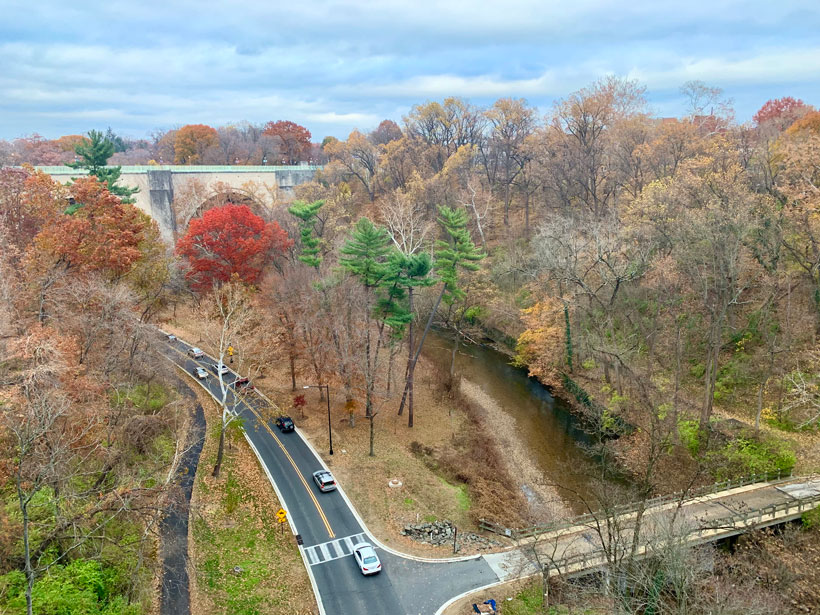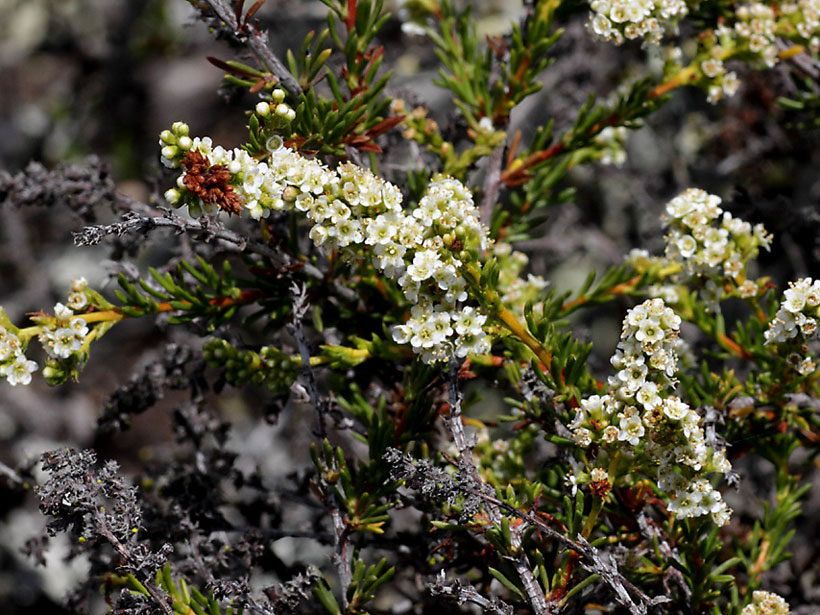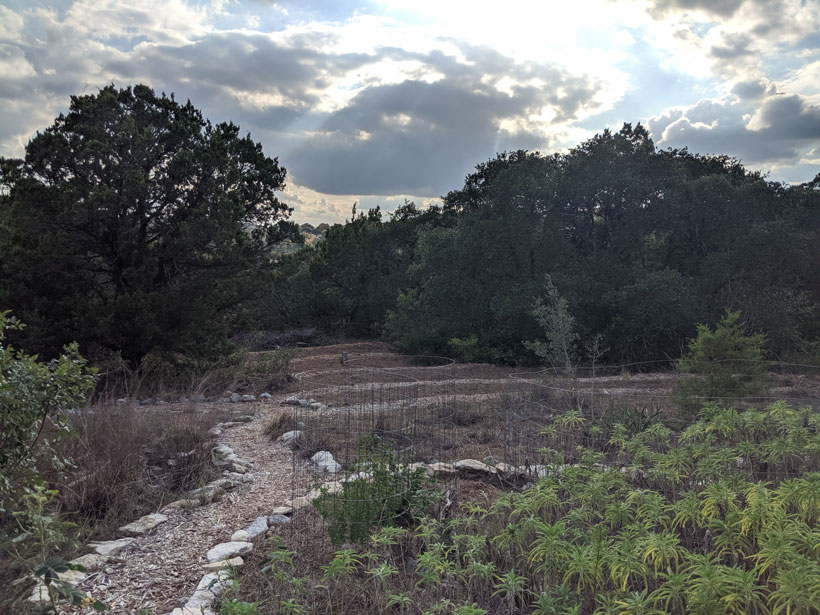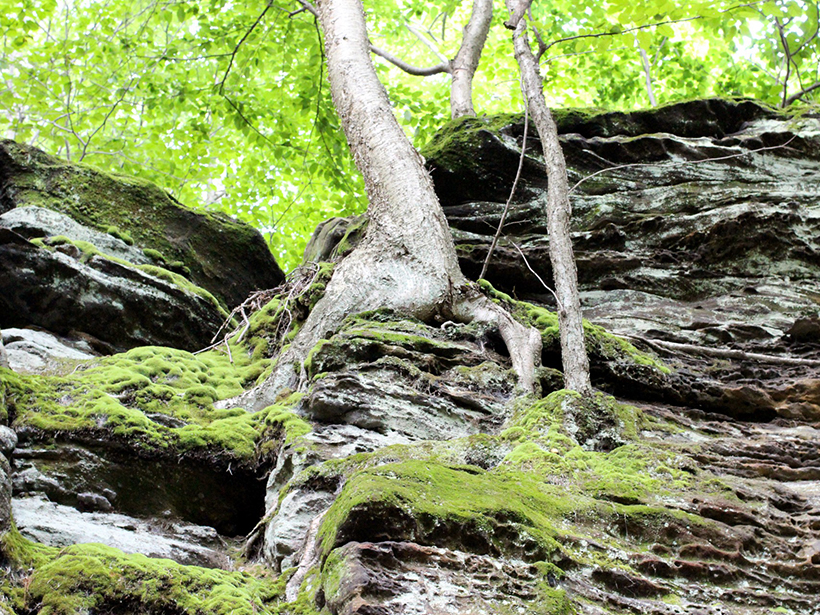In our June issue, Eos looks at how scientists and city planners are partnering to protect our vital urban forests.
trees
Reading the Leaves to Track Environmental Hazards and Health
The USA National Phenology Network is small but mighty, helping scientists and resource managers assess natural hazards and seasonal phenomena that affect society in numerous ways.
Oak Trees Offer a Continuous Climate Record for Central Europe
A method using nonpooled, continuous stable carbon and oxygen isotopes recorded in oak trees benefits climate reconstructions.
Podcast: What Tree Rings Can Tell Us About the U.S. Civil War
Climate change–induced drought may have had an influence on the Civil War.
Community Forests Prepare for Climate Change
Cities across the United States are feeling the heat as they struggle to integrate climate science into on-the-ground decisionmaking regarding urban tree planting and management.
Trees That Live Fast, Die Young, and Mess with Climate Models
The trade-off between tree longevity and life expectancy can mean future carbon uptakes are overestimated in current global climate models.
Tree Rings Reveal How Ancient Forests Were Managed
By analyzing thousands of oak timbers dating from the 4th to 21st centuries, scientists have pinpointed the advent of a forest management practice.
Researchers Unearth Bedrock Carbon and Water Dynamics
Deep tree roots bring respiring microbes into broken bedrock, generating carbon that’s released into the environment. New research explores this oft-overlooked carbon source.
Cómo convertir nuestras ciudades en Treetopias
Estamos y seguiremos plantando más árboles callejeros, arboledas urbanas y cúmulos informales de árboles en nuestros parques y espacios verdes. La Treetopia ha comenzado.
Dirty Trees Shape Earth’s Hydrologic and Carbon Cycles
Researchers peer into precipitation partitioning—the process by which plants and the organic matter coating them help shape the hydrologic cycle.










